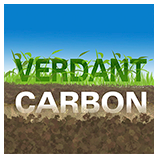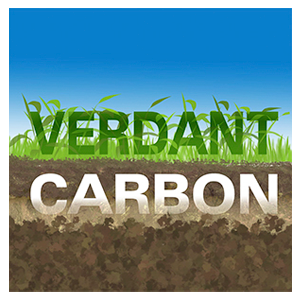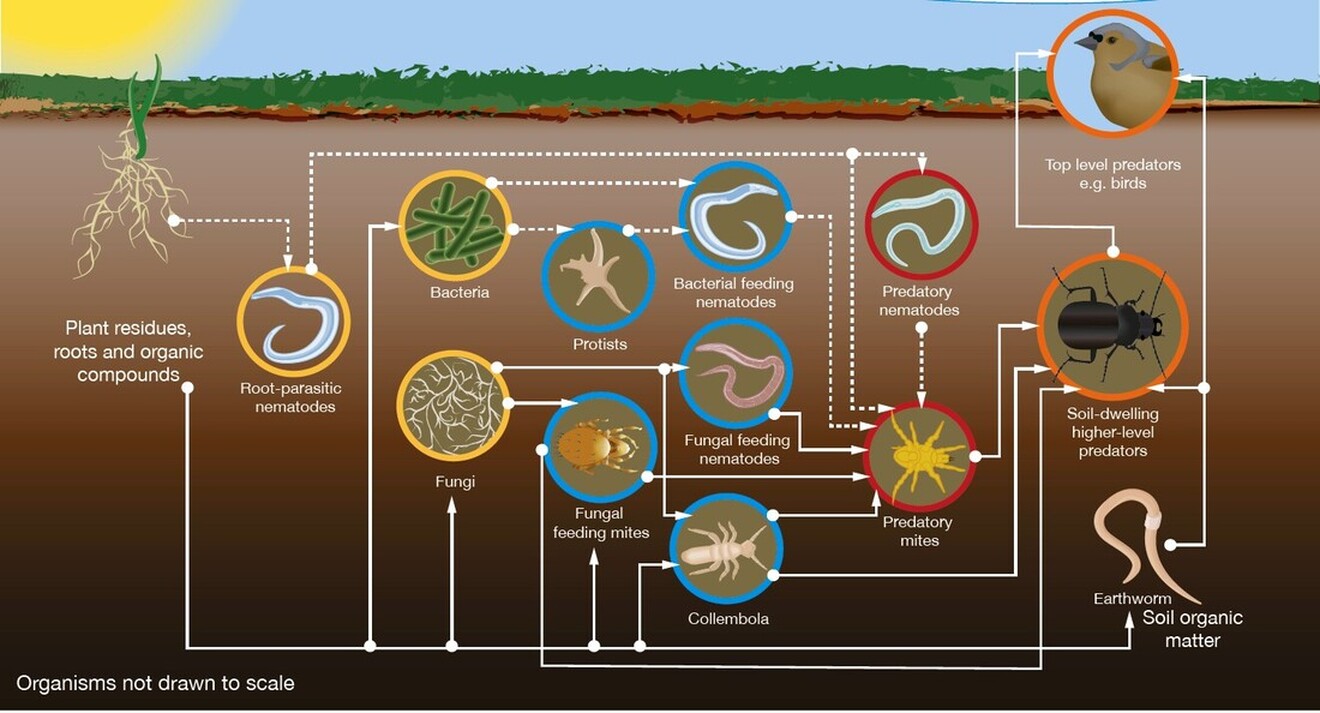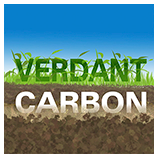Verdant Carbon Ltd are now a certified Soil Food Web laboratory which means we can assess the microbiology present in soil and compost samples and provide clients with a soil assessment report. This report provides information on the microbial activity present in the sample and provides data to help to optimise the soil or compost for your crops.
Our analysis can be tailored to help anyone who works with soil or compost, from a home gardener, a community group or large professional grower or farmer. The assessments can be carried out on:
Our analysis can be tailored to help anyone who works with soil or compost, from a home gardener, a community group or large professional grower or farmer. The assessments can be carried out on:
- Individual planting areas
- Garden beds
- Fields and orchards
- Composts
- Compost extracts and teas
We are always happy to talk about your requirements and recommend an assessment strategy that best caters for your needs.
The assessment and report
We use a microscope to assess the numbers and amount of bacteria, fungi, protozoa and nematodes within a sample and the report collates the observations and calculates the biomass of bacteria and fungi present and the fungal:bacteria ratio (F:B). We also identify the basic morphologies of any nematodes observed and protozoa observed.
A simple assessment and report costs £55.00 (+VAT), however for more complex studies we would be happy to discuss requirements and prepare a quotation for consideration.
A simple assessment and report costs £55.00 (+VAT), however for more complex studies we would be happy to discuss requirements and prepare a quotation for consideration.
What is the Soil Food Web, and why is it important?
The soil food web is made up of the community of organisms living in the soil. It describes the complex and symbiotic relationship between them and the interactions with the environment, plants and higher level animals.
Plants receive their energy from sunlight, and through photosynthesis they absorb carbon dioxide and convert it into complex organic molecules some used directly for the creation of plant material. However, the plant also produces compounds that it releases in to the soil via its roots, these root exudates, which typically contain sugars, complex organic acids and other compounds, provide food for bacteria and fungi. In addition, the fungal and bacterial communities also harvest nutrients from soil organic matter and the inorganic minerals within the soil, many of which the plants cannot access directly. Plants can access these nutrients either directly or after the bacteria and fungi have become prey for others in the soil food web. The excretions of the predators provide nutrient dense food source for the plants to absorb into the roots, and drives the process of nutrient cycling. The crucial factor is the presence of the predator organisms (e.g. nematodes, protozoa) in the soil as it these species that drive the nutrient cycle and are critical for a fully functioning soil food web.
Plants receive their energy from sunlight, and through photosynthesis they absorb carbon dioxide and convert it into complex organic molecules some used directly for the creation of plant material. However, the plant also produces compounds that it releases in to the soil via its roots, these root exudates, which typically contain sugars, complex organic acids and other compounds, provide food for bacteria and fungi. In addition, the fungal and bacterial communities also harvest nutrients from soil organic matter and the inorganic minerals within the soil, many of which the plants cannot access directly. Plants can access these nutrients either directly or after the bacteria and fungi have become prey for others in the soil food web. The excretions of the predators provide nutrient dense food source for the plants to absorb into the roots, and drives the process of nutrient cycling. The crucial factor is the presence of the predator organisms (e.g. nematodes, protozoa) in the soil as it these species that drive the nutrient cycle and are critical for a fully functioning soil food web.




